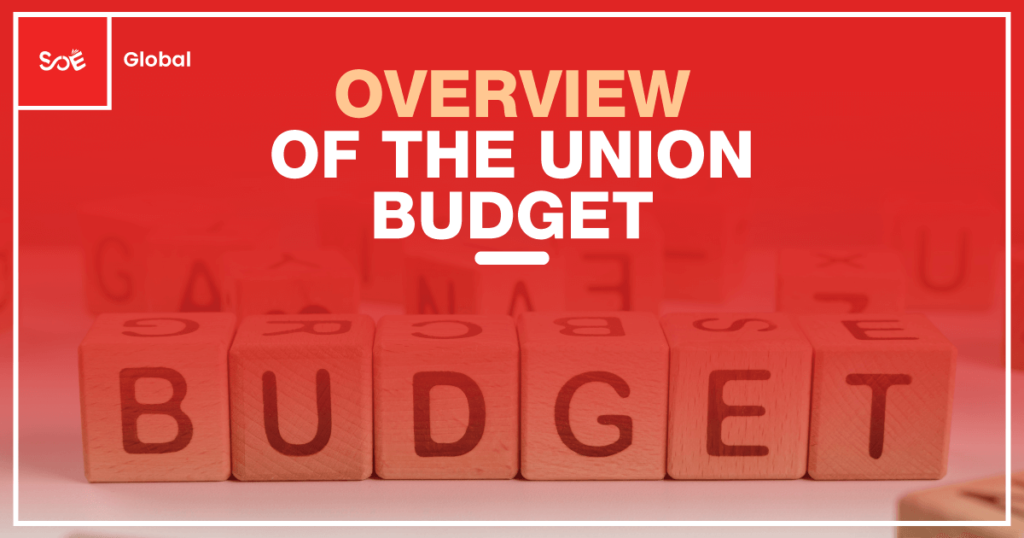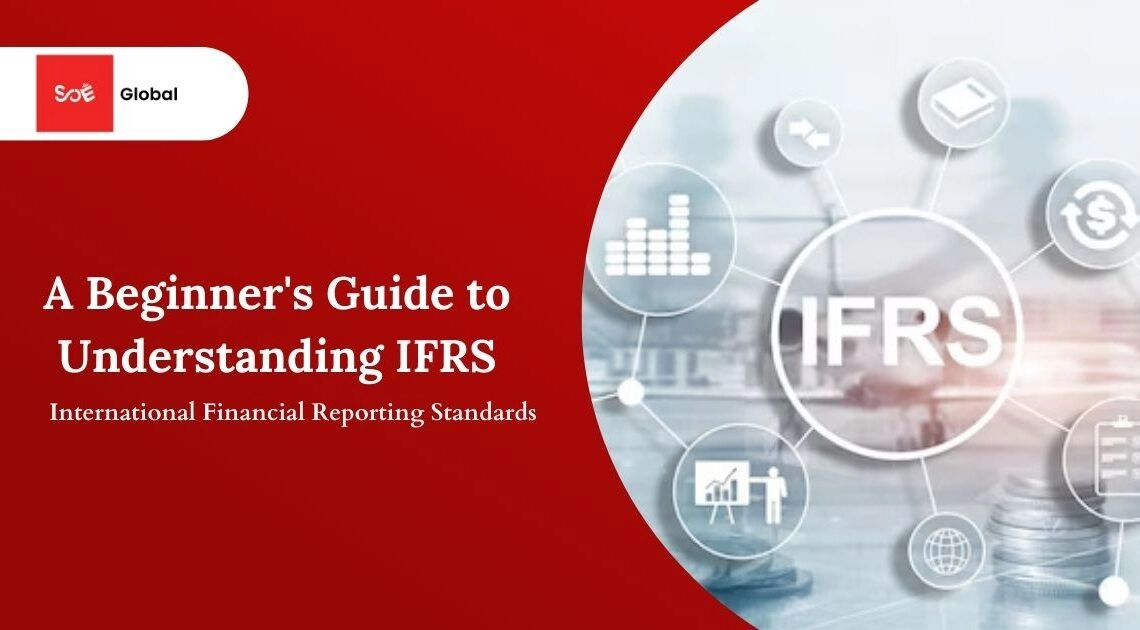The Union Budget was announced by Smt. Nirmala Sitharaman, which estimates the Government’s expenditure for 2021-22. It is the first digital budget in India and focuses extensively on AatmaNirbhar Bharat. The proposal mainly targets 6 areas as mentioned below.
- Health and wellbeing
- Rs. 2,23,846 budget allocated for health and wellbeing sector.
- PM AatmaNirbhar Swasth Bharat Yojana announced with the budget of Rs. 64,180 crore for a tenor of 6 years. The scheme aims at strengthening and creating national institutions as well as developing primary, secondary, and tertiary health care systems.
- Rs. 35,000 provision made for the COVID-19 vaccine. The pneumococcal vaccine to be rolled out pan India.
- Mission Poshan 2.0 launched with the goal of improving the nutritional outcomes in 112 districts. Furthermore, PoshanAbhiyan and Supplementary Nutrition Programme to be merged.
- JalJeevan Mission (Urban) to be launched and implemented for 5 years with a budget of Rs. 2,87,000 crore.
- Swachh Bharat Mission (Urban) to be implemented with a budget of Rs. 1,41,678 crore for 5 years.
- Rs. 2,217 crores promised to combat the escalating issue of air pollution. Announcement of vehicle scrapping policy made to terminate unfit and old vehicles. Fitness tests to be conducted after 15 and 20 years in the case of commercial and personal vehicles respectively.
- Infrastructure, physical & financial capital
- Rs. 1.97 lakh allotted (for 5 years) for Production Linked Incentive Schemes in line with AatmaNirbhar Bharat to the manufacturing sector. This will also create a plethora of job opportunities for the youth.
- Mega Investment Textiles Parks (MITRA) to be launched to make the textile industry globally competitive. Over the next 3 years, 7 textile parks will be launched as well.
- National Infrastructure Pipeline (NIP) expanded to 7400 projects.
- Rs. 20,000 crores allocated to capitalise the DFI (Development Financial Institution). This is to support long-term debt financing for infrastructure financing.
- National Infrastructure Pipeline to be launched to monetise the operating public infrastructure.
- Rs. 1,18,101 lakh crore proposed for the Ministry of Road Transport and Highways.
- A National Rail Plan for 2030 prepared and a budget of Rs. 1,10,055 allotted for the same.
- ‘MetroNeo’ and ‘MetroLite’ to be deployed in order to provide access to metro rail systems at a significantly lower cost in Tier-1 and Tier-3 cities.
- Development
- In the agricultural sector, the MSP regime went through a host of changes to ensure that the price is 1.15 times the production cost. This will increase the farmers’ payment significantly.
- Substantial investment proposed for the development of fishing harbours.
- One Nation One Ration Card Scheme launched to allow beneficiaries (especially migrants) to claim their ration anywhere in India.
- All categories of workers will benefit from minimum wages and will be covered by the Employees State Insurance Corporation. Women can now work in night-shifts as well with adequate protection.
- Rs. 15,700 crores allotted to the MSME sector.
- Reinvigorating human capital
- About 15,000 will be strengthened (qualitatively) in order to integrate all the components of the NEP (National Education Policy). Also, 100 new Sainik schools to be set up in collaboration with private schools/NGOs/states.
- Ladakh to get a Central University in Leh.
- 750 Eklavya model residential schools to be established in the tribal areas.
- Rs, 35,219 crores allocated for 6 years that will benefit 4 crore Scheduled Caste students under the Post Matric Scholarship Scheme.
- Initiatives planned between counties like UAE and Japan to benchmark skilled qualifications, certified workforce deployment, and to facilitate vocational skills.
- Innovation and R&D
- National Language Translation Mission undertaken to provide the knowledge of governance and policies in major Indian languages on the Internet.
- NSIL (New Space India Limited) will execute the launch of PSLV-CS51 that will carry the Amazonia Satellite and other smaller Indian satellites.
- 4 astronauts from India to be trained in Russia on Generic Space Flight aspects as part of the Gaganyaan mission activities.
- The outlay of the National Research Foundation will be of Rs. 50,000 crores for 5 years to strengthen the research sector of India.
- Minimum and maximum governance
- National Commission for Allied Healthcare Professionals Bill introduced in the parliament.
- Rs. 3,768 crores allotted for the forthcoming census, which will be the first digital census in the country.
- In RE, the fiscal deficit is pegged at 9.5% of GDP. in BE, the fiscal deficit is estimated to be about 6.8% of GDP in 2021-2022.
- The government needs Rs. 80,000 crores, and will be thus, approaching the markets in another 2 months.
- The gross borrowings for the next year from the market would be Rs. 12 lakh crore.
- By 2025-2026, the Government intends to attain a fiscal deficit level lower than 4.5% of the GDP.
While these 6 pillars were covered in part A of the Budget Speech, part B covered direct and indirect tax proposals. The Finance Minister stated that she seeks to simplify the Litigation Management and Tax Administration whilst easing the compliance of Direct Tax Administration. Moreover, the indirect proposal focused on custom duty rationalization, rationalization of procedures as well as ease of compliance.
The new Union Budget thus covers a myriad of aspects from doubling the farmer’s income and promoting a healthy country to strengthening the Sankalp of Nation First and boosting strong infrastructure. The budget also paves way for women empowerment, higher access to education for all, more opportunities for youth, and inclusive development.




